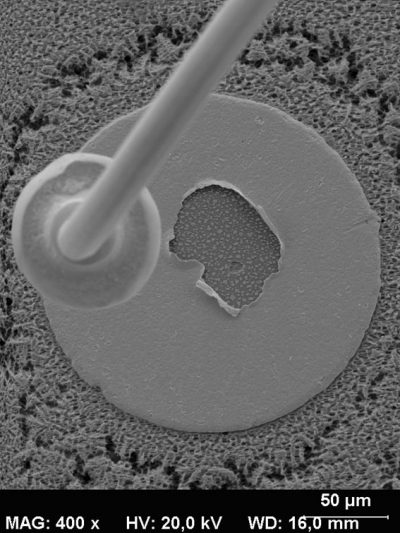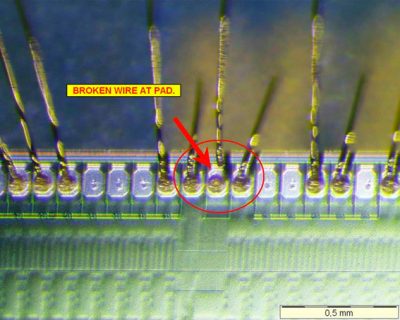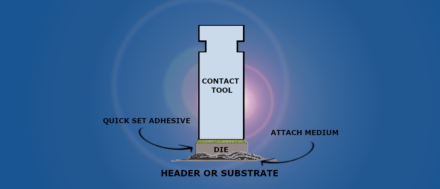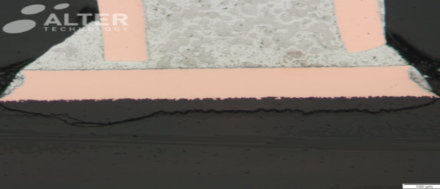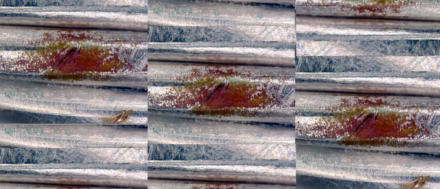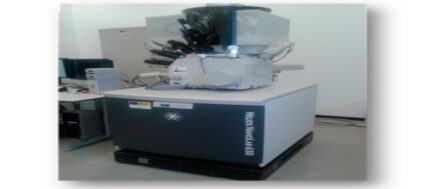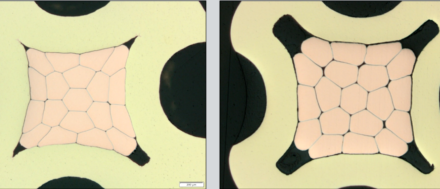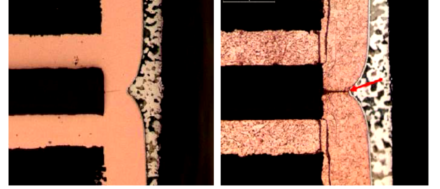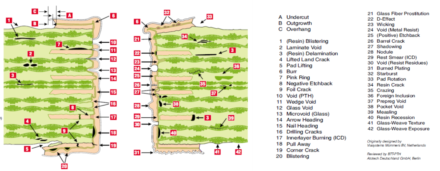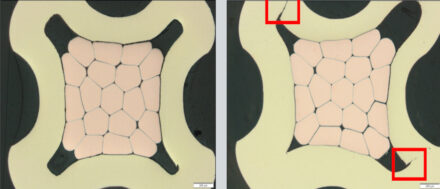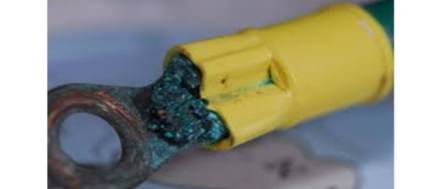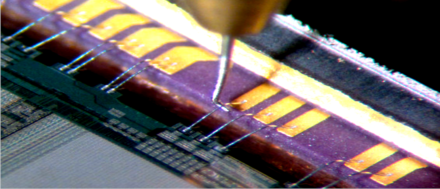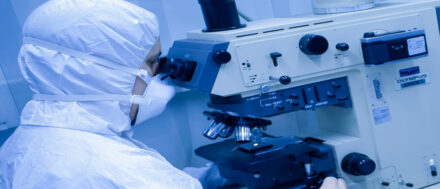The accumulated experience of ALTER TECHNOLOGY on evaluation, screening, lot validation and testing of different families of EEE parts, has made us to acquire a huge expertise and knowledge about the behavior/performance of the EEE components, the associated failure modes and possible root causes.
Alter Technology offers a full set of verification and testing activities to perform a failure analysis on your EEE components, so that can be determined the origin of the observed failure mechanism.
doEEEt, in addition to the HIGH RELIABILITY and SPACE EEE components cataloging, also includes many different documents such as Part Specifications, Test Methods, Reports, Manufacturers Notifications … that helps you to better understand the component.

